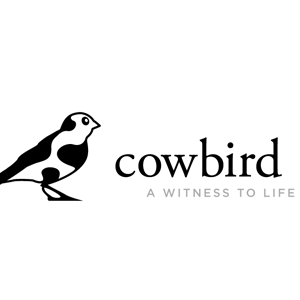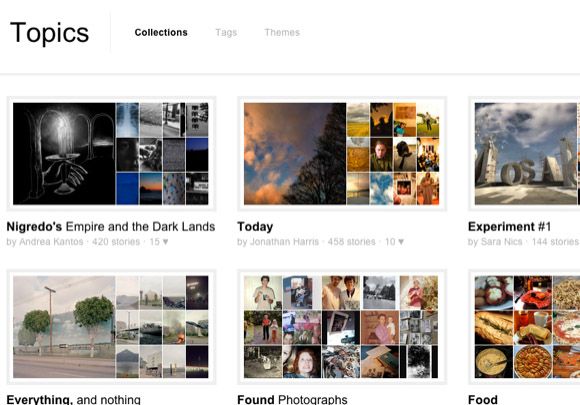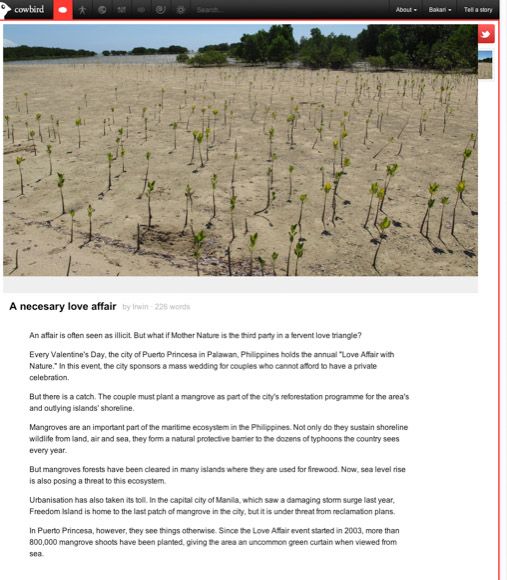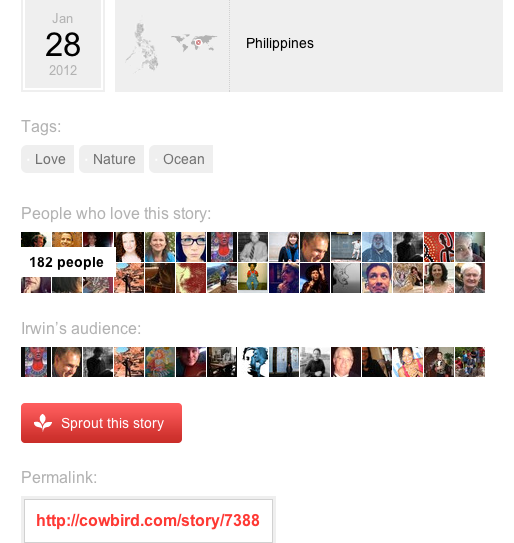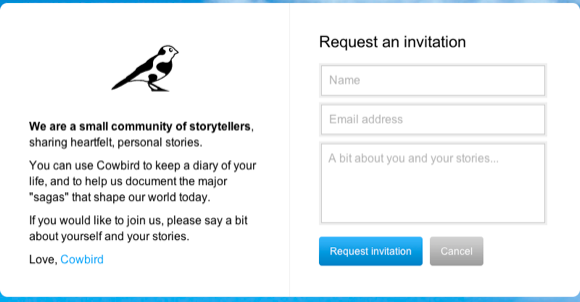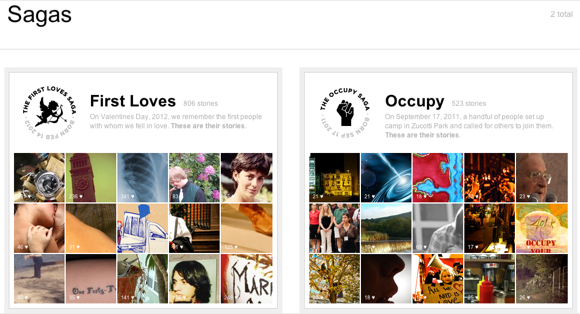In the age of social networks, Netflix videos, and YouTube, traditional story telling may be a dying art form, especially for younger generations of Internet users. But a site called Cowbird [Broken URL Removed], begun last year by Jonathan Harris, seeks to be a platform for storytellers that is designed to be the "public library of human the experience."
I recently stumbled upon this community and already feel at home. Cowbird builds on the tradition of social networking sites, while at the same time offering a space for people from around the world to share their stories from a personal and intimate perspective.
Purpose of Cowbird
Cowbird is not about links, tweets, or direct messages. It is a place to share personal short stories in both written or audio format reflecting a wide range of topics and themes–from birth and death stories, to food, first loves, and Heartbreaks–April Fools, places visited, childhood memories–to found photographs.
Each story is introduced with a large photo shot by the author or borrowed from the Internet. Most stories are sort of like snapshots, ranging from a single sentence to a thousand words.
The staff of Cowbird has wisely decided against reader comments on stories–because they distract from the simple storytelling experience.
However, each story and author page can be favored, and links to stories can be shared on Facebook and Twitter. The focus of Cowbird is the stories. There's no advertising or other distracting content on the site.
How to Contribute
At this time Cowbird is an invitation-only site. Requests are typically fulfilled within 48 hours depending upon how many people are signing up. There some guidelines [Broken URL Removed] for the stories, which include contributing heartfelt, reflective, non-self-promotional content. It doesn't allow for pornographic or sexually explicit content, nor stories that promote violence, or content that was published elsewhere in which the author was compensated.
Stories should be like diary or journal entries, or the type you might share with friends and family. You will see many contributors build stories around memorable photographs or what are called "sagas"–of which the current two are First Loves, remembering the people with whom we fell in love; and Occupy, stories from participants in the movement that started last September in Zucotti Park, in New York.
To get a sense of the style and tone of stories, it is suggested that you start with a few of the designated sections of the site–Story of the day, Recently loved, and Serendipity [Broken URL Removed]. Stories are also categorized by theme, places, and timelines.
You don't have to be a skilled writer to tell a story. You can write as if you’re talking to a friend or a loved one. Be honest and write about subjects that are meaningful and that you care deeply about. Maybe write a story about someone special, or document your involvement in current event or issue.
Photos for stories can be uploaded directly to the site, but they should be a minimum of 600 to 2000 pixel width (at 72 dpi.) You can save a draft of a story by turning on the private option at the bottom-left corner of the story editor. Tagging stories, linking them to a saga, and sharing theme on your social networks is good way get them read.
Let us know what you think of Cowbird. And for other suggestions for creative writing project sites, check out his article.

